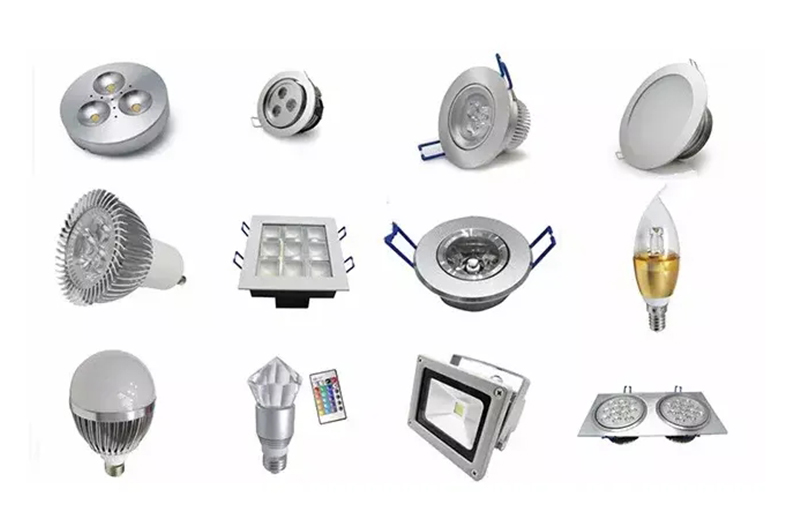...
At present, the motor shell profile is widely used in new energy electric vehicles, mining equipment and large-scale communication equipment, and has a good heat dissipation function.
The section area of this profile is 11 803. 8 mm2, the inner hole diameter of the cross-section motor shell is Φ198 mm, and the maximum outer diameter is Φ242 mm. The profile contains 13 cavities inside and outside. The inner cavity (center) is the largest cavity, the inner hole, where the stator and rotor of the motor are installed. The dimensional accuracy of the inner cavity, especially the roundness and twisting degree, is required for the functional parts of other components; the outer layer has 12 smaller cavities, which are water-passing slot holes for cooling, requiring two inner and outer cavities. The wall thickness of the side should be uniform, otherwise it is easy to cause perforation and water leakage under the action of water pressure; there are 12 screw holes on the outer side of the section, which are used to facilitate the installation and fixation of the motor. From the section of the profile, it can be seen that although the profile has symmetry, the shape is more complex, which is mainly reflected in the large difference in the area of the largest and smallest cavities.
After investigation and visit, it was found that there are two main problems in the production of this profile at present: First, the cost of the mold is high, because the processing of the mold is difficult, the traditional design makes the mold core of the mold must be processed by copper electrodes and electric sparks. Part of the shunt holes and feed holes must also be processed by EDM, so that the consumption of electrode materials is large, and the polishing and grinding amount of the mold after EDM processing is large; Second, the moldability of the product during the extrusion process is poor. The metal flow rate is difficult to be consistent. This is because the inner shunt bridge caused by the design of the mold structure is difficult to process into a drop shape that is easy for metal to flow, thus affecting the metal supply and metal flow rate under the shunt bridge. The inner hole of the profile is prone to oval and The phenomenon of uneven wall thickness of profiles. In addition, there is also a phenomenon that the life of the mold is short, and it is prone to early failure.
waste of material, making it costly to produce and use.
The aluminum alloy extruded profile is used as the blank to process the motor shell, and the productivity is extremely high. The aluminum profile of the motor shell has a live bottom angle, and the inner diameter can be free of cutting or less cutting, which is convenient for maintenance, and the production process is environmentally friendly, which is convenient for transportation, and avoids casting defects such as low density of the cast motor shell, pores and blisters.
Therefore, aluminum profile motor housings have been widely used. The traditional aluminum profile motor housing is of natural cooling or air-cooled structure. Due to the high speed and frequent starting of the motor of the electric vehicle during operation, the temperature in the motor is very high, and the traditional natural cooling or air-cooled housing cannot meet the requirements of its work. Therefore, it is inevitable to develop an advanced and applicable water-cooled motor housing. The structure of the water-cooled motor casing is much more complicated than the traditional one, but the key to producing the extruded profiles of the water-cooled motor casing is the die. According to the investigation, the current water-cooled motors used in new energy electric vehicles have high noise, high failure frequency and short life when working. The reason is that the quality of the extrusion profile of the motor shell is poor, which is closely related to the mold structure. The problem of the mold will make the inner hole of the extruded profile of the motor shell appear elliptical, and the eccentricity of the inner hole will cause the partial wall of the product to be thin, which is prone to perforation and water leakage during use. Therefore, the development of molds is the key to solving a series of problems of water-cooled motor casings, and the key to molds lies in design. The author of this paper analyzes the extrusion die structure of a traditional water-cooled motor shell profile, and proposes a sub-mother inlaid structure, which can greatly simplify the mold processing and greatly improve the manufacturing accuracy.
It can improve the metal flow condition, and can effectively solve the problems of high noise and short service life of the aluminum alloy casing motor caused by the low quality of the profile.













